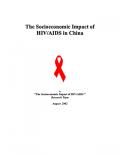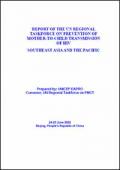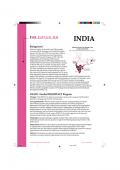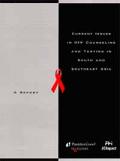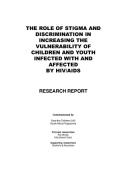Publications on People Living With HIV (PLHIV)
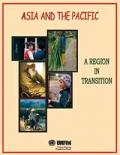
Resource | Publications,
At the International Conference on Population and Development held in Cairo in September 1994 and its subsequent review in 1999 (ICPD+5), 179 countries agreed that population and development are inextricably linked, and that empowering women and meeting people’s needs for education and health, including reproductive health, are necessary for both individual advancement and balanced development.

Resource | Publications,
The International Labour Organisation has developed a Code of Practice on HIV/AIDS and the world of work following widespread consultations with governments, employers and workers. This provides practical guidance for developing national and workplace policies and programmes to combat the spread of HIV and mitigate its impact.
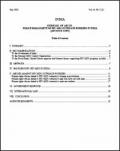
Resource | Publications,
This report demonstrates that such programs, so essential to the fight against HIV/AIDS in India, are undermined by police harassment and abuse of HIV/AIDS outreach workers, particularly those who provide essential information and services to women in prostitution and men who have sex with men.
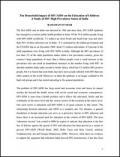
Resource | Publications,
The first AIDS case in India was detected in 1986 and since then, HIV/AIDS epidemic has emerged as a serious public health problem in India. Of the 39.4 million people living with HIV/AIDS worldwide, 7.1 million are from South and South East Asia and more than 70% of these infections are in India. It is estimated by the Indian government and the UNAIDS that as on December 2004, about 5.1 million individuals- 0.9 percent of the adult population were living with HIV/AIDS in India.

Resource | Fact Sheets,
Indonesia, a geographically diverse country, has a relatively low HIV prevalence. However, cumulating epidemiologic evidence shows epidemics are emerging among some high-risk groups, particularly including sex workers in its eastern Irian Jaya Province and intravenous drug users (IDUs) in Jakarta.






